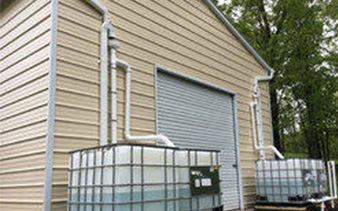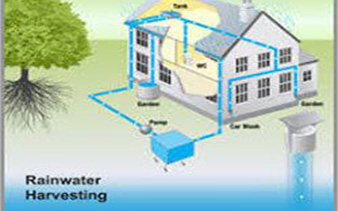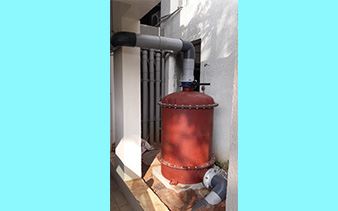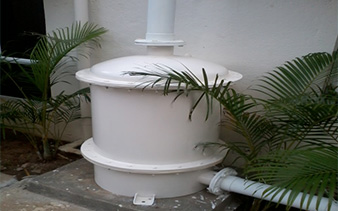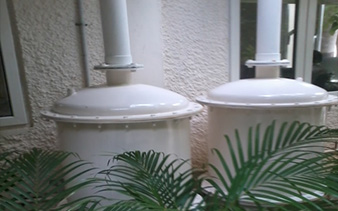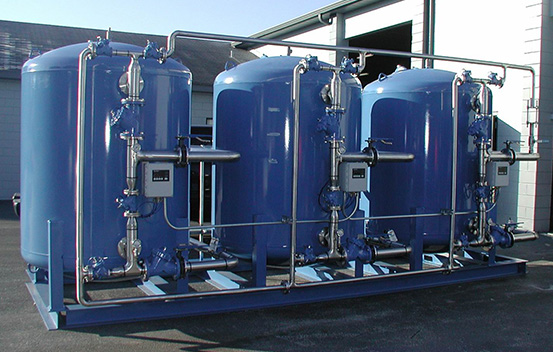Rainwater harvesting system
The harvesting of rainwater simply involves the collection of water from surfaces on which rain falls, and subsequently storing this water for later use. Normally water is collected from the roofs of buildings and stored in rainwater tanks.
Rainwater harvesting systems can serve households or communities of various sizes. Household systems generally catch rain from the rooftops of homes and store it in tanks adjacent to the homes. Water is drawn from the tanks by means of taps at the base of the tanks. In some cases rainwater may be reticulated within a house using a pump/pressure system. Alternatively the tank may be partly buried and a hand pump used to withdraw water. In cases where the majority of homes have thatched roofs, community systems are popular. The roofs of large community buildings, such as Residents, Hotels, Hospitals and schools, are used as catchment surfaces and the water is stored in large tanks adjacent to these buildings. Alternatively, if no suitable catchment surface is available, a separate catchment surface is built adjacent to, or directly over, the water storage tank. Residents of the community walk to these tanks, draw water from a tap at the base of the tank, and transport it back to their homes for drinking or cooking. In some cases, individual homes with thatched roofs have also built separate catchment surfaces serving household storage tanks.

Conveyance systems usually consist of gutters and drain pipes that deliver rainwater from the catchment area into the storage tanks. The conveyance systems should be of inert material to avoid adverse effects on water quality. Ground catchments would normally use pipes and/or open channels to convey rainwater to the storage tanks/reservoirs.
The quantity of water available from a rainwater harvesting system depends on the size of the catchment surface, the percentage catchment surface area that is guttered, the efficiency of the gutters in transporting the water, and the size of the storage tank. If a catchment surface is too small, it may not provide sufficient water to fill the tank. Furthermore, the rainfall pattern and user-demand are also factors that must be taken into account.

